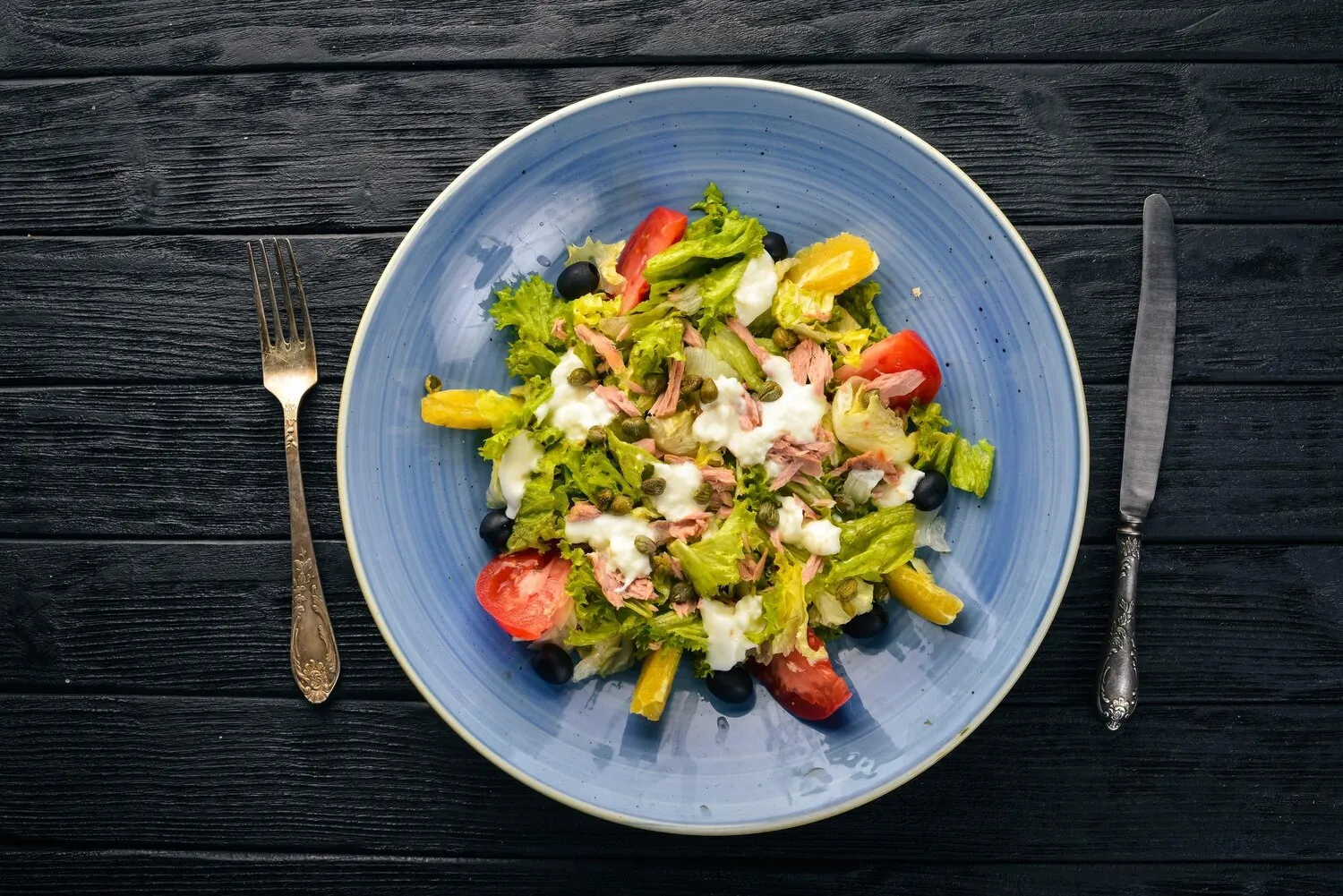
Crepioca
Tapioca crepe, a popular and healthy option.
Nutrition Facts
* The % Daily Value (DV) tells you how much a nutrient in a serving of food contributes to a daily diet. 2,000 calories a day is used for general nutrition advice.
Mercato RL - Centro Nutricional
Tapioca, derived from cassava root, has been a staple food in South America, particularly Brazil, for centuries, predating European colonization. Indigenous populations used it as a primary food source. Crepioca evolved as a modern adaptation, blending traditional tapioca with eggs to increase its protein content and create a crepe-like texture, reflecting a contemporary health-conscious culinary trend.
Crepioca is viewed as a healthy and versatile food option in Brazil, popular for breakfast, snacks, or light meals. It aligns with the increasing trend of health-conscious eating, offering a gluten-free alternative to traditional bread or crepes.
Health and Fitness
Crepioca is widely embraced by fitness enthusiasts and those seeking a healthy lifestyle due to its relatively low carbohydrate content (compared to bread) and high protein content when eggs and fillings like chicken or cheese are included.
Convenience and Adaptability
Its quick preparation time and adaptability to various fillings make it a convenient option for busy individuals. It can be easily customized to accommodate dietary restrictions and preferences.
Gluten-Free Alternative
Being naturally gluten-free, crepioca is a popular choice for individuals with celiac disease or gluten intolerance.
Crepioca offers a neutral, slightly chewy base that readily absorbs the flavors of its fillings. The taste is subtle, allowing the ingredients within to shine.
The dominant flavor comes from the chosen filling. Savory crepiocas often feature cheese (queijo coalho, mozzarella), ham, chicken, or vegetables, creating a salty, cheesy, or umami experience. Sweet versions incorporate ingredients like chocolate, fruits (banana, strawberry), or coconut, delivering a sweet and often slightly nutty taste. The tapioca itself provides a mild, earthy note and a uniquely chewy texture. The egg component adds richness and structure.
Tapioca Hydration
Use tapioca starch (polvilho doce or azedo) rather than tapioca granules. The starch should be lightly hydrated by sprinkling with a small amount of water and then rubbing between your fingers until it feels slightly moist, almost like damp sand. This helps it bind properly in the pan.
Egg to Tapioca Ratio
Experiment with the egg to tapioca ratio to achieve your desired texture. More egg will result in a more crepe-like, sturdy texture, while less egg will create a more delicate, tapioca-dominant crepe.
Pan Temperature
Use a non-stick pan over medium-low heat. The pan should be hot enough to cook the crepe evenly but not so hot that it burns before it sets.
Even Distribution
Pour the tapioca and egg mixture into the pan and spread it evenly to create a thin, consistent layer. This ensures even cooking and prevents some parts from being too thick or thin.
Explore additional Healthy Food dishes and restaurants
Explore Healthy FoodDiscover top dining spots and culinary experiences in Barretos.
Explore BarretosLearn more about the food culture, restaurant scene, and culinary heritage of Brazil.
Explore Brazil